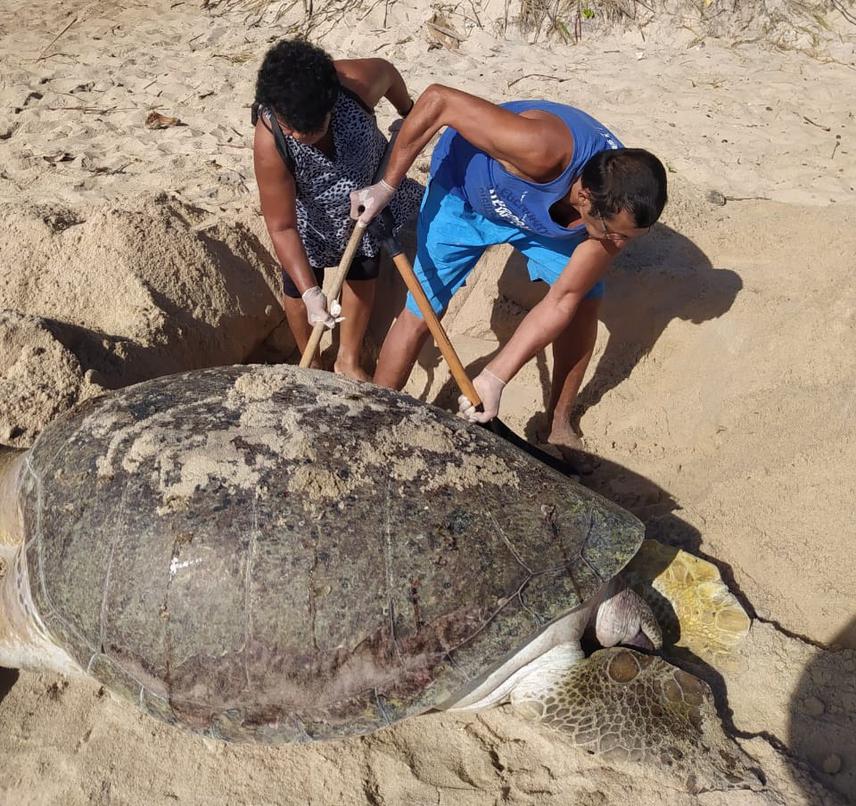Yedda Christina Bezerra Barbosa de Oliveira
Other projects
7 Jun 2018
Mapping High Use Areas for Sea Turtles in Paraíba, Brazil with the Involvement of Fishing Communities
Fishing activities are one of the most threats for sea turtles since the incidental captures drive overharvesting of older juveniles and adults. Our main goal is to strengthen the community participation in sea turtles conservation, helping locals to be the protagonist on the monitoring, and guiding decision-makers on impact mitigation. The specific objectives are (1) improve the survival of sea turtles, (2) engage local members in the community-based monitoring (i.e. recording strandings, nestings, and incidental captures), and (3) promote public communication, education, and awareness.

As there is lack of information about the incidental capture of sea turtles in the small-scale fishery, studies focusing on artisanal communities as key actors are highly valuable and needed to increase our knowledge on the major hazards to the sea turtles in fishing zones.
The study area is the coastline of Conde (Paraiba, Northeast Brazil), where occurs four threatened species of sea turtles (loggerhead, olive ridley, hawksbill, and green turtle) in developmental habitats and breeding and foraging grounds. This area is also marked by artisanal fishery, in which the period of intense activity overlaps the rise on strandings and nidification of turtles. As a rural coastal region, there are socioeconomic conditions driving the lack of planning and organization as well as several problems related to the exploitation and degradation of this ecosystem.
This project is one-year participatory monitoring based on two fronts: beach patrolling (for strandings and nestings), and in-water observation (for incidental captures). We will promote capacity building and training for a minimum of 30 volunteers, who are local people with an intrinsic interest in data collection and conservation. Our target audience already has a habit of taking daily walks on the beach (i. e. sports enthusiasts, resident’s association members) or have sea-related activities (fishermen, boaters, bar workers, and beach kiosks workers). Besides the practical and local results of changing environmental attitudes concerning sea turtles protection, this project may be replicable in other communities.